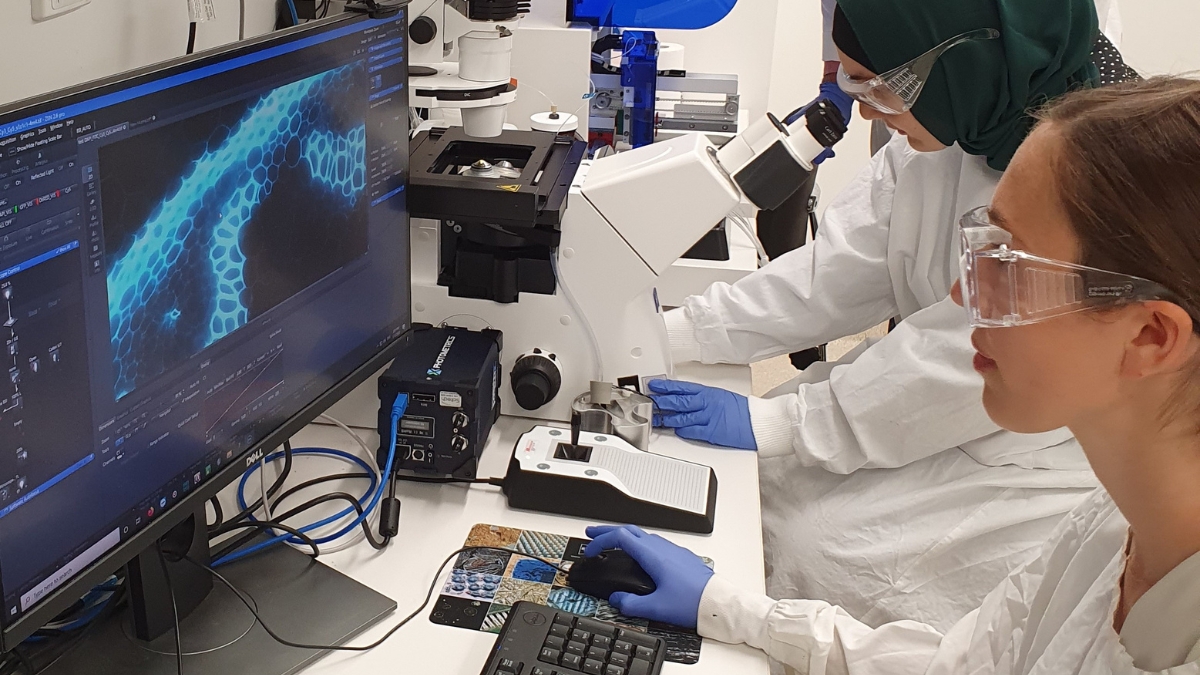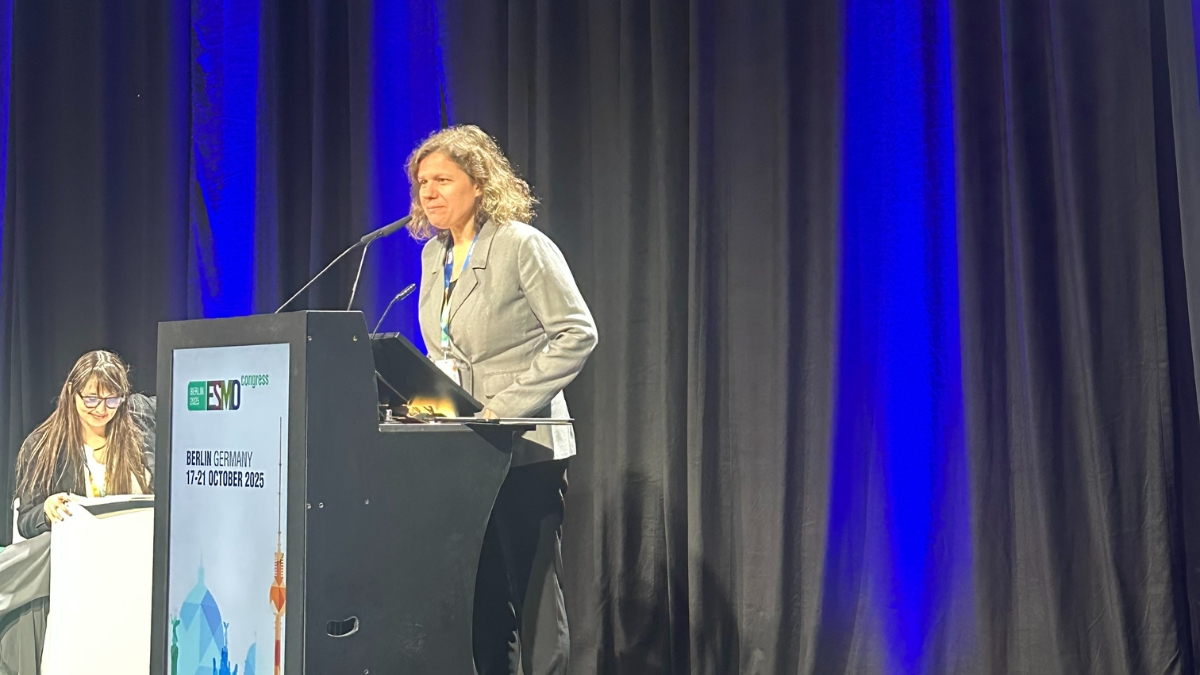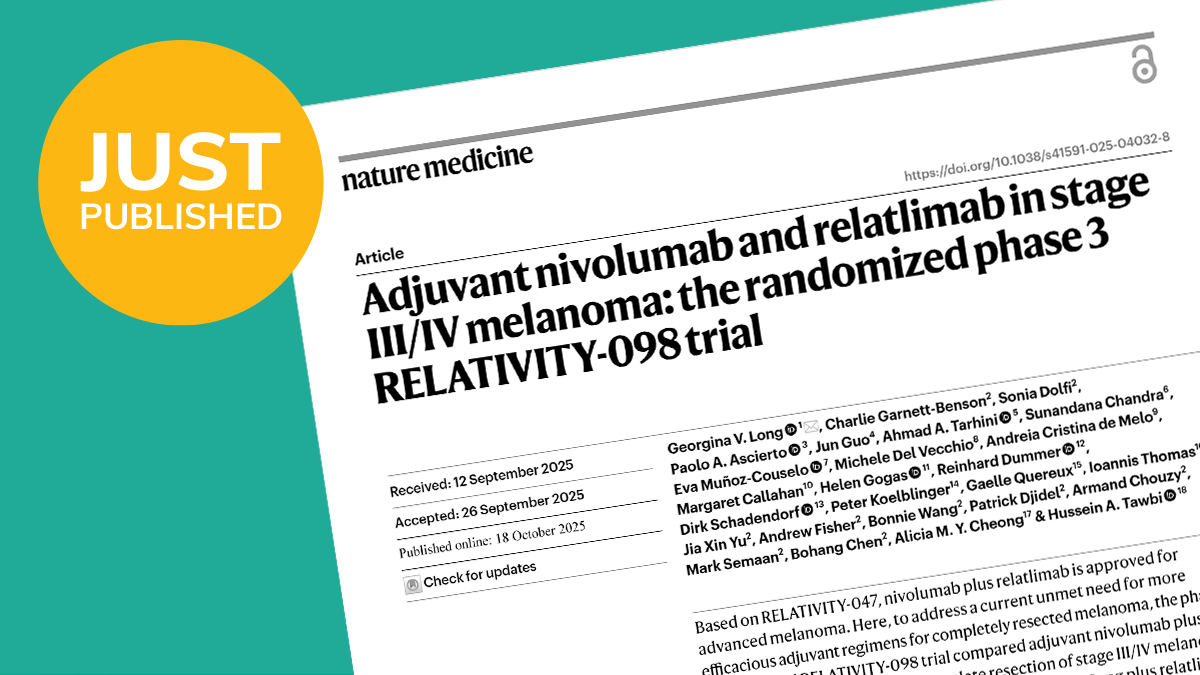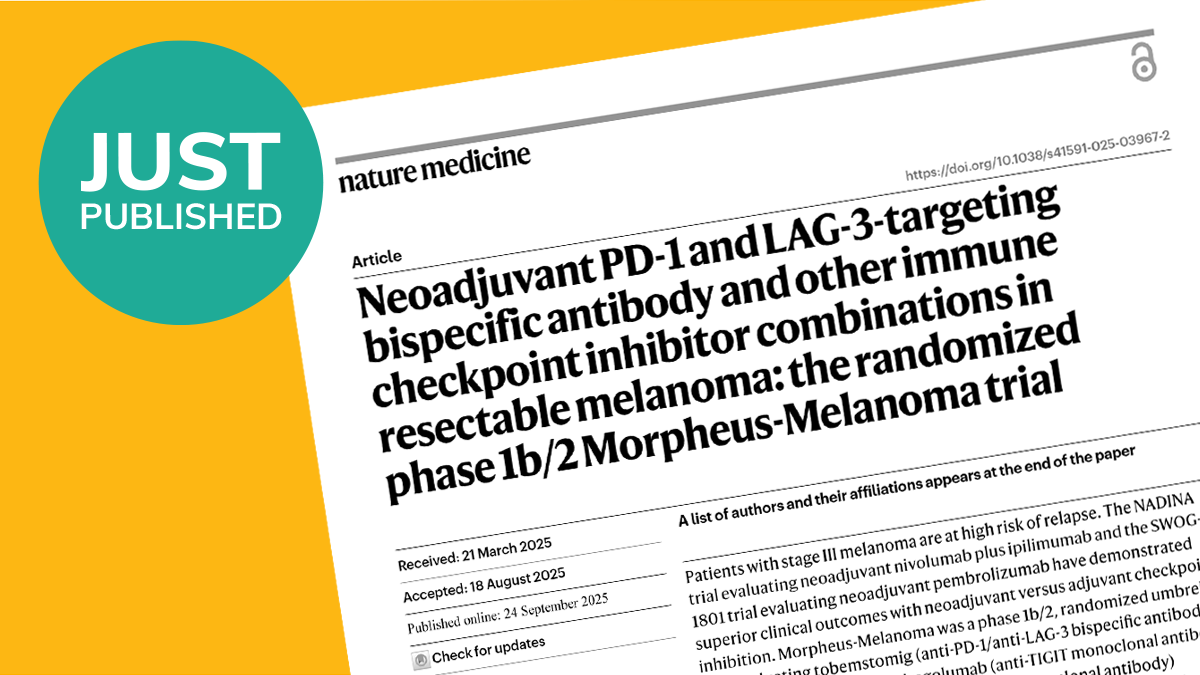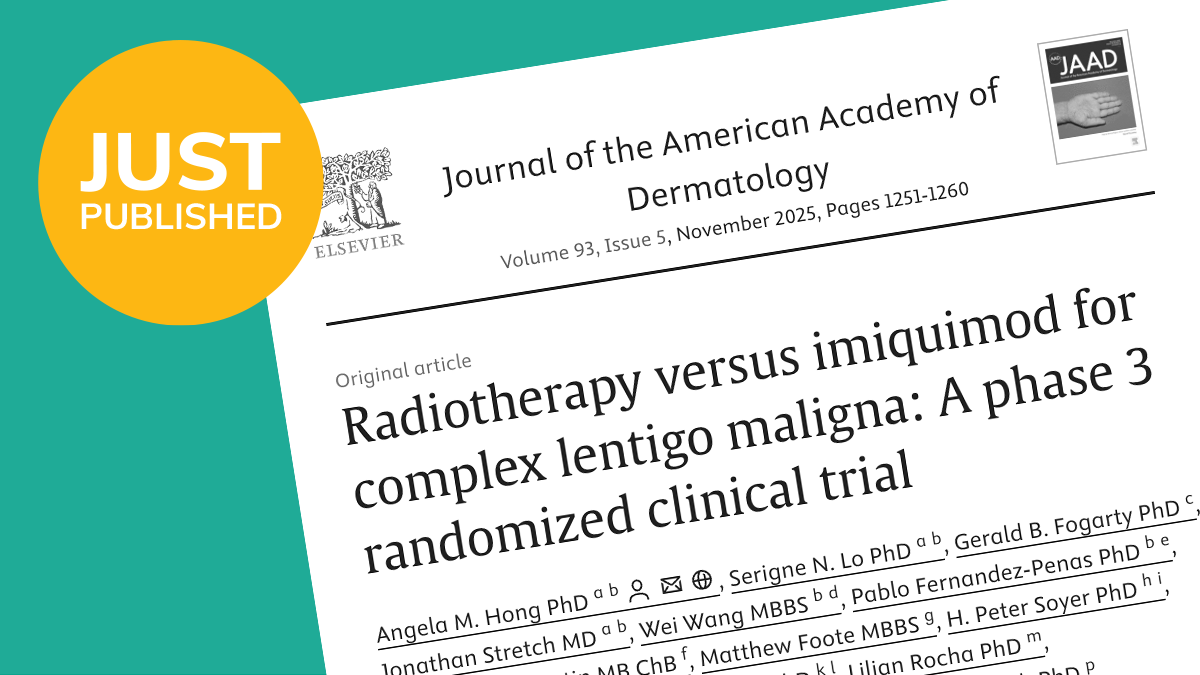Coinciding with World Cancer Research Day today, Tuesday 24 September 2024, the NSW Government is committing $2.1 million in research grant funding to support the work of the state’s cancer researchers, including world-renowned Professors Georgina Long AO and Paul Timpson.
Co-Australian of the Year Professor Long and the team at Melanoma Institute Australia and The University of Sydney have been awarded almost $700,000 for an imaging system that will allow researchers to better visualise and understand tumour cell interactions across various cancer types, via the Cancer Institute NSW funding.
It is hoped an improved understanding of the tumour microenvironment will assist with cancer diagnosis and treatment.
Professor Timpson and the team at the Garvan Institute of Medical Research were awarded almost $700,000 to purchase a system that will provide unprecedented insights into cell-to-cell interactions, treatment responses and cancer dormancy to enable more effective treatment for cancers, including pancreatic, breast, and prostate cancer.
Three clinical trials grants, valued at $250,000 each, have also been funded to support projects focused on improving access to cancer clinical trials, including:
- The Building Capacity in Cancer Clinical Trials across Maridulu Budyari Gumal project aims to address enrolment challenges in clinical trials by targeting populations with lower trial participation rates. This includes socioeconomic disadvantaged, culturally and linguistically diverse and rural and regional communities.
- The Sydney Cancer Partners Clinical Trials Support project aims to increase recruitment from priority populations to trials, including Aboriginal, culturally and linguistically diverse and LGBITQ communities.
- Targeted Cancer Clinical Trials Support for Regional NSW project aims to deliver targeted initiatives such as increased trial sites and education and training to boost clinical trial participation across the Central Coast, Hunter, New England, Mid North Coast and Northern NSW areas.
The NSW Government, through Cancer Institute NSW, is one of the largest funders of cancer research in NSW, having invested more than $470 million in the past 20 years across nearly 100 competitive research awards and grants.
Minister for Medical Research David Harris said:
“Targeted research is vital to delivering better treatments and interventions that reduce the impact of cancer and ultimately save lives.
“Our researchers strive every day to improve the lives of people in NSW and across the world, and we’re proud to invest in them to continue their work and help improve cancer outcomes for all.”
NSW Chief Cancer Officer and CEO Cancer Institute NSW, Professor Tracey O’Brien AM said:
“While significant progress has been made in understanding and treating cancer, it remains the leading cause of death in NSW with sadly one in two people set to be diagnosed with the disease in their lifetime.
“Investing in and accelerating research and innovation is key to improving our understanding of a disease that continues to devastate communities across NSW.”
Professor Georgina Long AO said:
“Technologies that provide a clear large-scale and detailed view of tumours and enable us to see how cells interact with each other are critical to move the cancer field forward.
“The imaging system, called the Phenolmager HT 2.0, which we have been able to purchase through the research equipment grant, provides the ability to better understand tumour cell interactions.
“This will enable researchers at Melanoma Institute Australia and The University of Sydney to bridge cancer research to clinical use and ultimately deliver more effective cancer treatments.”
Professor Paul Timpson said:
“The cutting-edge Akoya-PhenoCycler Fusion system will concurrently detect and visualise 100 proteins, providing unprecedented insights into cell-to-cell interactions, chemotherapy and immunotherapy responses, cancer dormancy, and novel therapies for cancers like pancreatic, breast, and prostate cancer.
“Proteins drive functional outcomes within cells, and constitute drug targets, yet existing technologies do not accurately reflect protein activity at a specific location or time.”
